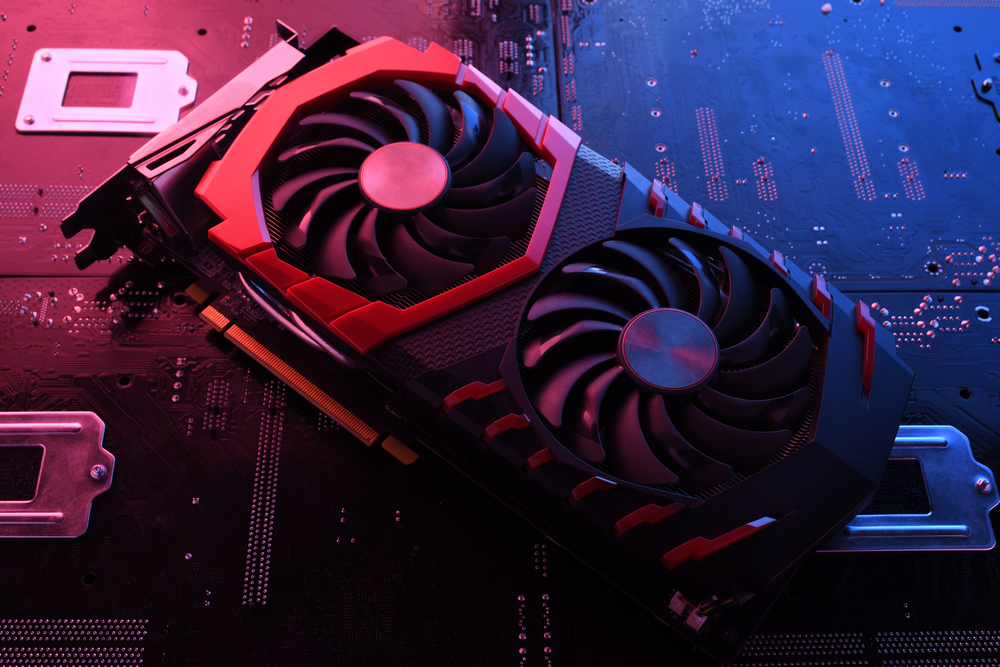Highlights:
- ClearML claims that the program enables the coexistence of several AI workloads on an Nvidia Corp. graphics processing unit.
- According to ClearML, businesses can run their AI infrastructure more profitably by utilizing the underutilized GPU resources that are made accessible for applications by using its new Fractional GPU solution.
ClearML releases software tools designed to assist businesses in using their artificial intelligence infrastructure efficiently.
Based in San Francisco, ClearML, formally known as Allegro Artificial Intelligence Ltd., is funded by USD 11 million in capital. It offers developers a software platform for managing the data processed by AI models, deploying them in production, and training them. More than 1,600 businesses, including Intel Corp. and other significant tech companies, reportedly use ClearML’s platform.
Fractional GPU is the name of the open-source tool that is the company’s first new product. ClearML claims that the program enables the coexistence of several AI workloads on an Nvidia Corp. graphics processing unit.
A lot of AI models don’t take advantage of the GPU’s entire computational power. This might hinder businesses from getting the most out of their hardware expenditures since some of the chip’s processing power is wasted. According to ClearML, businesses can run their AI infrastructure more profitably by utilizing the underutilized GPU resources that are made accessible for applications by using its new Fractional GPU solution.
Time slicing and Multi-Instance GPU, two technologies that Nvidia includes with its chips, power the software behind.
A graphics card can be divided into numerous pieces, each of which can operate as a distinct CPU, due to multi-instance GPU technology. Such virtual processors are allotted separate on-chip cache and memory pools. The others can process data uninterrupted even if there is a technical problem with the program operating on one of the GPU portions.
Time slicing is the second Nvidia capability that ClearML’s Fractional GPU tool makes advantage of. It can divide a graphics card into many pieces, although it is meant for the same purpose as Multi-Instance GPU. As a trade-off, those portions are less separated from one another, which raises the possibility that a software error in one could disrupt operations in the others.
ClearML claims that in order to use the software features inherent into an Nvidia chip to run many workloads simultaneously, users usually need to set up Kubernetes. This prerequisite is removed by its Fractional GPU tool. Furthermore, the program enables the creation of several virtual processors in consumer-grade Nvidia chips that are devoid of the Multi-Instance GPU capability offered by the chipmaker.
Moses Guttmann, ClearML Co-founder and Chief Executive Officer said, “ClearML is democratizing access to compute as part of our commitment to help our community build better AI at any scale, faster. We hope that organizations that might have a mixture of infrastructure are able to use ClearML and get more out of the compute and resources they already have.”
The company updated its primary AI development platform and unveiled Fractional GPU. Administrators may now control which developers have access to the GPU environment at their firm due to a new tool from ClearML. It will also be simpler to keep an eye out for technical problems with AI models that are deployed in production owing to the new observability dashboard.





























































